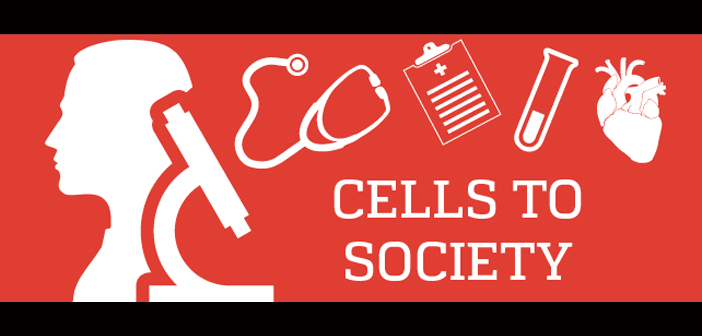Nurses as Models for Mothers
 by Teddi Fine
by Teddi Fine
When babies sleep on their backs, not their tummies, they are at lower risk for sudden infant death syndrome (SIDS). Yet, SIDS still accounts for over 2,500 U.S. deaths each year. Adoption of “back to sleep” has been slow in hospital-based, newborn care and in the behavior of new mothers and families. Why?
Getting new medical knowledge like this adopted in regular practice can take seven to 20 years. Too long, according to assistant professors Sarah J.M. Shaefer, PhD, RN, and Mary Terhaar, DNSc, RN, and colleagues from Michigan’s statewide SIDS program. [“Translating Infant Safe Sleep Evidence Into Nursing Practice,” Journal of Obstetric, Gynecological & Neonatal Nursing, January 2011.]
Since nurses provide visible, hands-on newborn care that is watched and trusted by new mothers and families, they reasoned that what nurses do can influence parental behaviors. According to Shaefer, “If nurses model putting babies to sleep on their backs, parents will observe and learn to do the same thing.”
She and Terhaar agree that the challenge is promoting nurses to model that critical new behavior. Using a model by the Michigan SIDS program, a four-year demonstration to help nurses embrace this research found a way to do just that. Terhaar notes, “If you want nurses to change how they usually do something, we found it helps to ask them to be a part of the change process itself.”
The demonstration engaged nurses, administrators, and entire facilities in the job of making the practice part of routine infant care. And it worked in seven urban Michigan hospitals. Nurses adopted and practiced safe-sleep techniques that, in turn, were learned by parents and brought home to communities to keep infants safer.
 The Parent Rap
The Parent Rap The Caregiver’s Mental Health is Important Too
The Caregiver’s Mental Health is Important Too Cells to Society—November 2018
Cells to Society—November 2018 Safe Parents, Safe Baby, Safe Sleep
Safe Parents, Safe Baby, Safe Sleep Too Busy for Depression
Too Busy for Depression







